KS2 Quality Texts Rationale
All the texts chosen to read in school, strongly support and complement the Gildredge House values that we have in place, as well as being high quality texts. Where appropriate, they are linked to a year group topic, but this is not the over-riding factor for choosing them. Click on each book to find out more about our rationale for using them.
Year 6 Texts
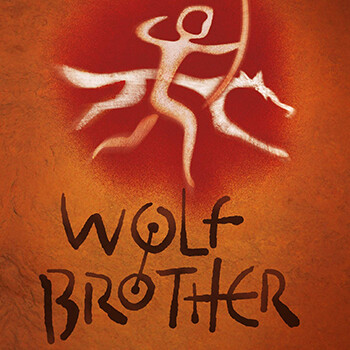
‘Wolf Brother’ by Michelle Paver showcases an abundance of grammar and punctuation that is taught in Year 6. Use of this text allows children to see the English grammar they are learning within an authentic, published text and they can learn to adopt and adapt these features into their own writing.
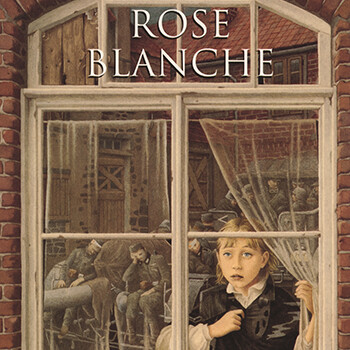
‘Rose Blanche’ sensitively explores the themes of the Second World War – one of the Y6 topics – through the eyes of a young German girl. The text is littered with literary features of writing, such as metaphors, juxtaposition and pathetic fallacy, which takes the children that one-step further into their KS3 education surrounding English literature.
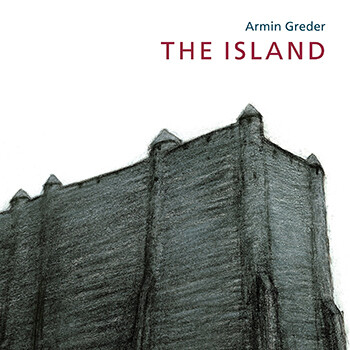
The Island is a picture book that is a poignant reminder of our fortune living on the “Sunshine Coast”. This text timely links in with our PSHE Jigsaw curriculum of ‘Me in My World’ through the exploration of those seeking refuge – an ‘issue’ that is so frequent in our local media on the south-coast of Sussex. Through our locality, children can empathise with the protagonist and learn from the mistakes of the characters in the story and compose some beautifully poignant first-person narratives by assuming the roles of the islanders.
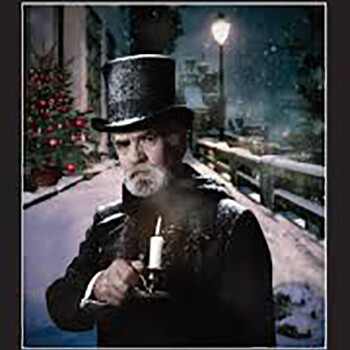
A Christmas Carol by Charles Dickens challenges children and allows them a taste of another classic author in Charles Dickens, whose books also allow the children to learn about the Victorian period – another hugely important period in the development of the British state, democracy and British Values that are now ingrained within our society.
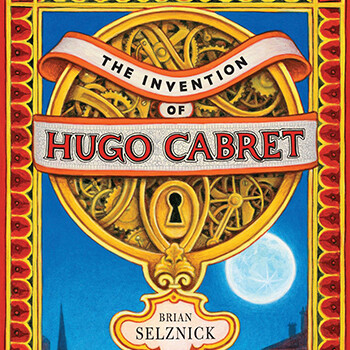
The Invention of Hugo Cabret provides children with the perfect opportunity to showcase what they have learned through the art of a third-person narrative. Children use Selznick’s illustrations as a prompt for their creative literary writing, mixed in with the grammar and punctuation required for Year 6. Children are encouraged to justify the choices they have made in their writing. Having built a relationship with Selznick, this activity shows real purpose as he critiques the writing the children have completed.
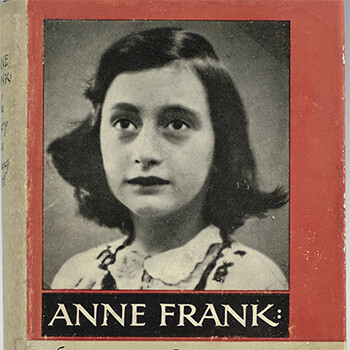
The Diary of Anne Frank allows the children to immerse themselves into the shoes of a young girl of a similar age to the children in the class. Children explore her diary entries and empathise with the girl as we sensitively and respectfully explore the themes of the girl’s experience of the Second World War, whilst also addressing the formalities of the style in which it was written.
Year 5 Texts
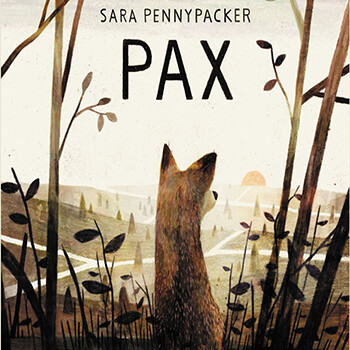
Pax by Sara Pennymaker has a strong focus on morals and decision making, which are focuses in the Year 5 PSHEE curriculum. The story changes between a human perspective and the perspective of a fox. this encourages the children to empathise and use the ‘show not tell’ descriptive technique.
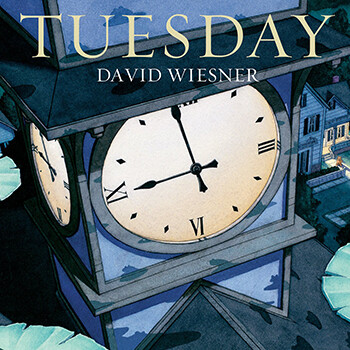
Tuesday by David Wiesner is a wordless book which provides children of all abilities with the opportunity to explore their use of vocabulary and sequencing of events. It lends itself to a range of writing styles such as journalism, narratives and diaries.
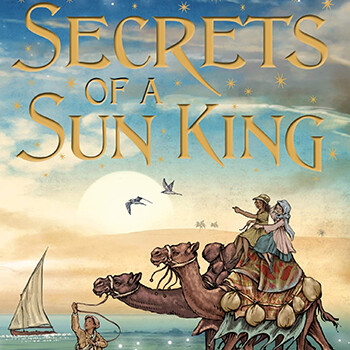
Secrets of a Sun King by Emma Carroll links to our Ancient Egypt topic in Year 5. It focuses on the explorer Howard Carter and encourages the children to ask questions, infer and predict. The story also contains high level, context specific vocabulary which the children are encouraged to apply to their own written work.
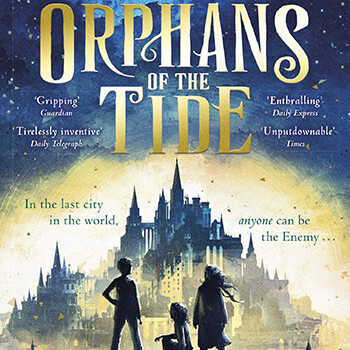
Orphans of the Tide by Struan Murray exposes the children to a wide range of punctuation and grammar concepts that are covered in Year 5. The fantasy genre appeals to both boys and girls and this high-quality text lends itself to a wide range of writing styles.
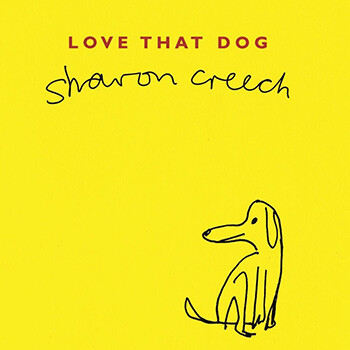
Love that Dog by Sharon Creech is a poetry book that offers a contrasting take on poetry compared to the Highwayman. Modern-day language and vocabulary enables the children to become confident in the format of the poem and replicate the poet’s style using their own ideas and planning.
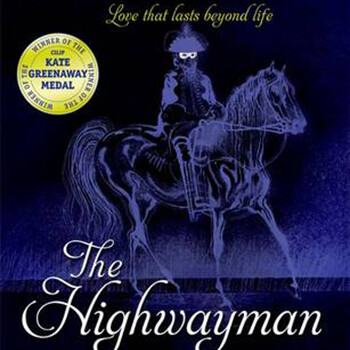
The Highwayman by Alfred Noyes is a poem rich in context and vocabulary. When exploring the historical aspect of the poem, children begin to link together the style of language, vocabulary and themes of the writing. Poetic features such as repetition, rhythm and rhyme are apparent in the verses as well as other linguistic features. This poem offers many strong discussion points in lessons as the children decipher the meaning behind the poet’s choice of words and expressions.
Year 4 Texts
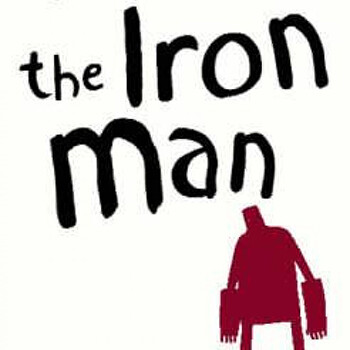
The Iron Man by Ted Hughes has been chosen as it is a more complex book than Dahl and Dick King Smith and is more serious and in many respects more masculine in its written style. Use of this text allows children to see the English grammar they are learning within an authentic, published text and they can learn to adopt and adapt these features into their own writing. It is a great book to start Year 4 with as it engages the children straight away.
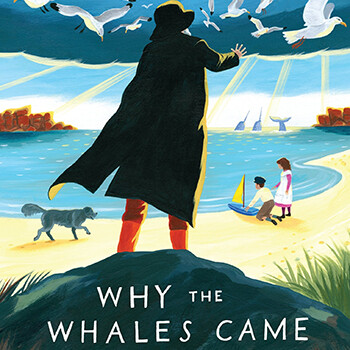
Why the Whales Came by Michael Morpurgo has been chosen as Morpurgo is a fantastic author for children to enjoy and become engaged with. This short story explores themes of friendship and trust, and the importance of these throughout childhood and adulthood. We explore this text during the summer term to support transition to Year 5.
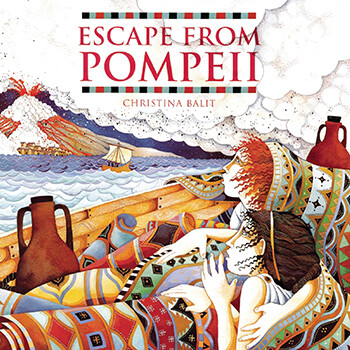
Escape from Pompeii delves into the historical period; this links to the topic that the children are studying. It further helps bring the topic to life. We begin our writing with descriptive settings of the city of Pompeii and discuss what life would have been like for people living there at the time. It has a strong and inspirational female author and children learn that females can be empowered and deserve equal opportunities based on their own merits.
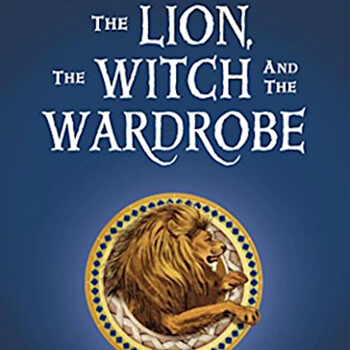
The Lion, the Witch and the Wardrobe by C S Lewis is an important introduction to fantasy and engages all the children. It is a challenge and a more complex book compared to other fantasy books studied in Year 3. This class story captures young imaginations, cleverly blending elements of fairy-tale and fantasy to create a wonderfully engaging adventure tale.
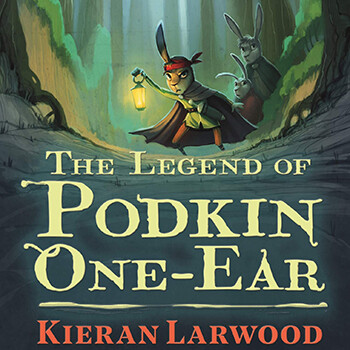
Podkin by Kieran Larwood uses the technique of a ‘story within a story’. Kieran Larwood’s novel structure is effective and provides opportunities for talking about different tenses. There are many passages within the novel that show incredible examples of characterisation, setting and suspense. The text is perfect for ‘magpie-ing’ and helping children to see the author choses the right words and phrases to interest and intrigue the reader.
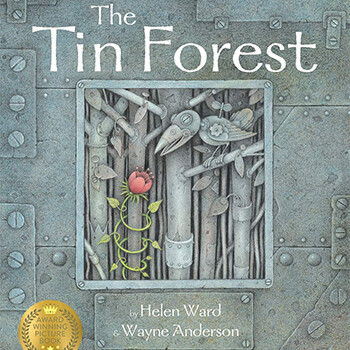
The Tin Forest by Helen Ward showcases an abundance of grammar and punctuation that is taught in year 4, even though it is a picture book. Helen Ward is a brilliant female author and it links in with our ‘Incredible Inventors’ topic. The theme of this book is both ecological and motivational. If you can’t do everything, at least do something and bit by bit the little things will make big changes – this links well to our PSHEE curriculum, ‘Dreams and Goals’.
Year 3 Texts
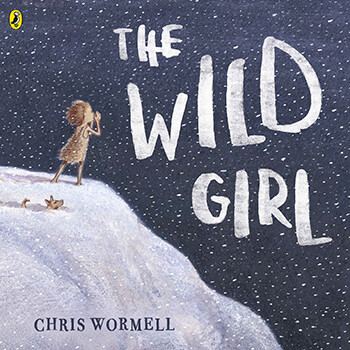
‘The Wild Girl’ by Christopher Wormell is a wonderfully illustrated, simple yet beautifully worded picture book which links in with our Autumn topic, ‘Stones and Bones.’ We use this book to cover prediction, discuss the importance of a good blurb and unpick the grammatical language used by the author. We also examine the gorgeous illustrations in our lessons, compare the different settings and also how the little girl’s clothes and life compard to our own. We will plan and teach character and setting descriptions and write narrative alternative story endings, making direct links with our topic.
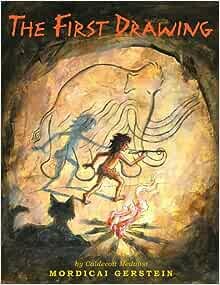
‘The First Drawing’ by Mordicai Gerstein is a wonderful story about the discovery of drawing, linked to our topic, ‘Stones and Bones.’ Again, this is a fantastic opportunity to discuss prediction, blurb, character and setting descriptions. The children will be using their imagination, just like the main character, creating pictures and shapes in the world around them. The work that the children will be completing will be linked to writing a persuasive letter to ensure that the caves with paintings are preserved.
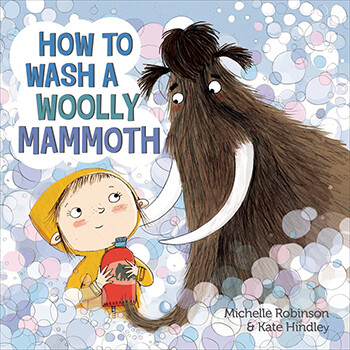
‘How to wash a Woolly Mammoth’ by Michelle Robinson is used linking with our topic, ‘The Bronze Age’ as a fun book to illustrate and model instruction writing. The children love the colourful and funny illustrations and produce wonderful work with a clear understanding of what instructions are.
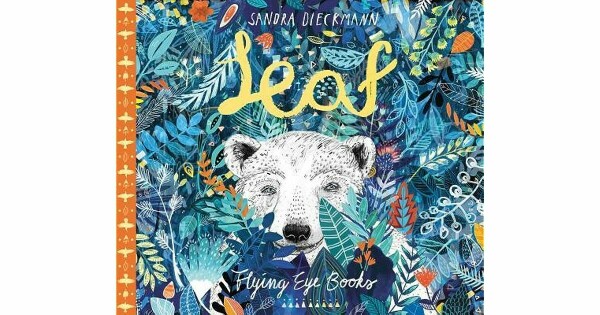
‘Leaf’ by Sandra Dieckmann is a wonderful story about a lost polar bear who eventually finds his way home with the help of some forest friends. We’ll be exploring the setting, characters and making predictions. This will be linked to our topic ‘Why are polar bears hungry?’, exploring the effects of global warning and the decline in polar bear numbers. We shall also be creating our own Leaf illustrations in the style of author and illustrator, Lauren Child.
‘Rhyme Crime’ by Jon Burgermann is a fabulous book packed with the silliest of words and word play. The children will be involved in solving some very strange crimes which they will love. They w ill be writing their own newspaper report and thinking of their own rhyme crime.
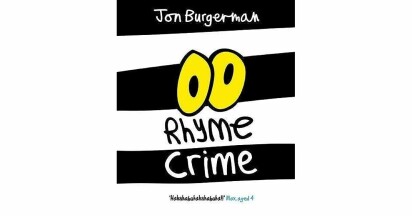
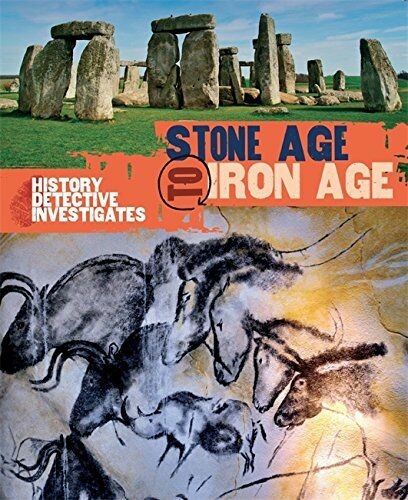 ‘History Detectives Investigate, Stone Age to Iron Age’ by Clare Hibbert is an informative text that details the changes in Britain from the Stone Age to the Iron Age, which links to both our ‘Stones and Bones’ and ‘Beautiful Bronze’ topics. We will explore the features of non-fiction writing, including headings, sub headings and subject-specific vocabulary, alongside learning new information about life at the time. This will inspire us to write our own non-chronological reports based on life in Bronze Age Britain.
‘History Detectives Investigate, Stone Age to Iron Age’ by Clare Hibbert is an informative text that details the changes in Britain from the Stone Age to the Iron Age, which links to both our ‘Stones and Bones’ and ‘Beautiful Bronze’ topics. We will explore the features of non-fiction writing, including headings, sub headings and subject-specific vocabulary, alongside learning new information about life at the time. This will inspire us to write our own non-chronological reports based on life in Bronze Age Britain.
‘Ernest Shackleton’ by Maria Isabel Sanchez Vegara has been chosen as it is a fantastic example of biographical writing that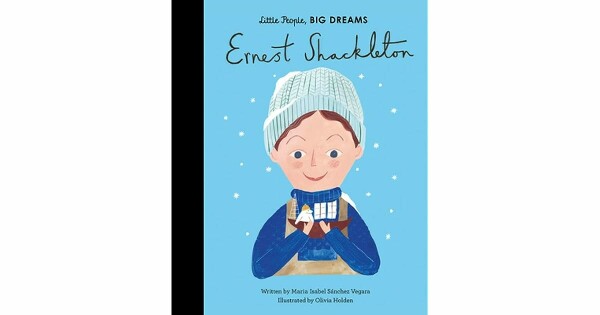 combines interesting facts with quirky illustrations and an inspiring message. Use of this text allows children to explore chronological vocabulary and third person writing. The adventure element of the text links to our ‘Quake and Shake’ topic; the children will use their new-found understanding of biographies to write their own fictional biography about an explorer.
combines interesting facts with quirky illustrations and an inspiring message. Use of this text allows children to explore chronological vocabulary and third person writing. The adventure element of the text links to our ‘Quake and Shake’ topic; the children will use their new-found understanding of biographies to write their own fictional biography about an explorer.
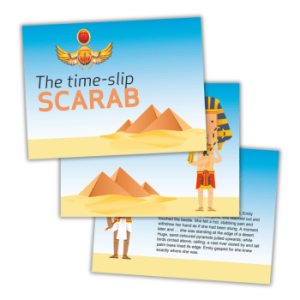 ‘The Time-Slip Scarab’ by Pie Corbett travels back in time to life in Ancient Egypt, linked to our topic ‘Gifts from the Nile’. This adventure story captures imaginations with it’s exciting vocabulary and vivid setting descriptions. We will begin by exploring the language choices, before writing our own setting descriptions and time-travel narratives.
‘The Time-Slip Scarab’ by Pie Corbett travels back in time to life in Ancient Egypt, linked to our topic ‘Gifts from the Nile’. This adventure story captures imaginations with it’s exciting vocabulary and vivid setting descriptions. We will begin by exploring the language choices, before writing our own setting descriptions and time-travel narratives.
